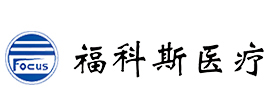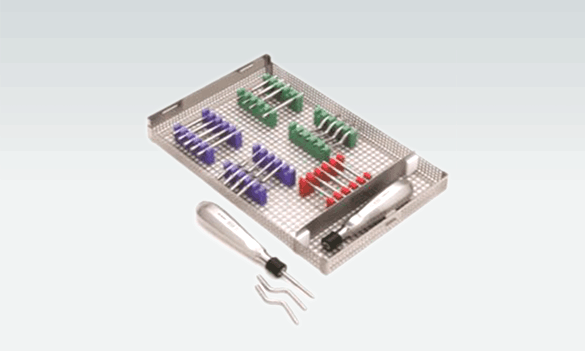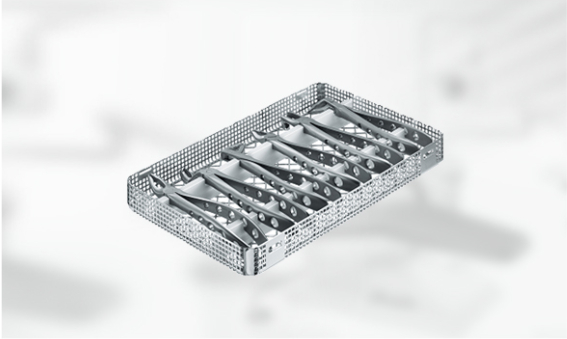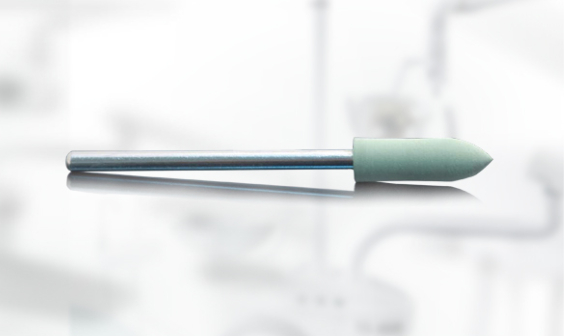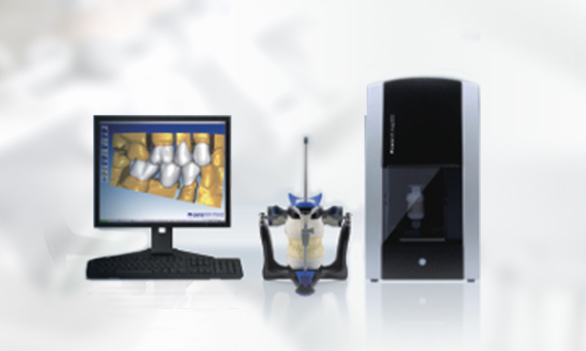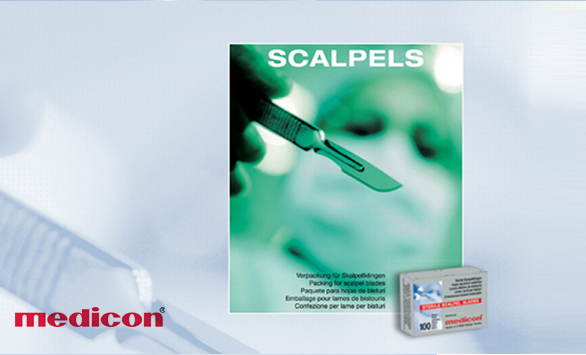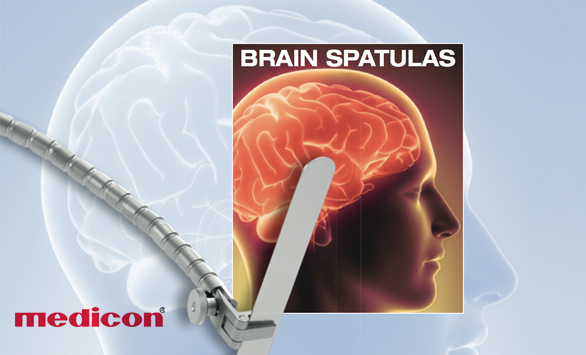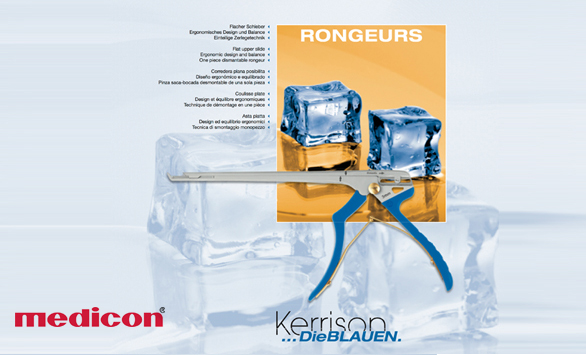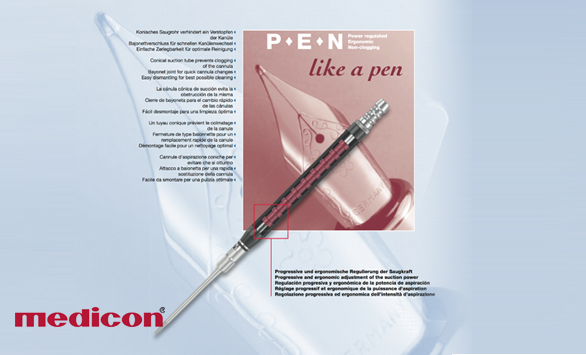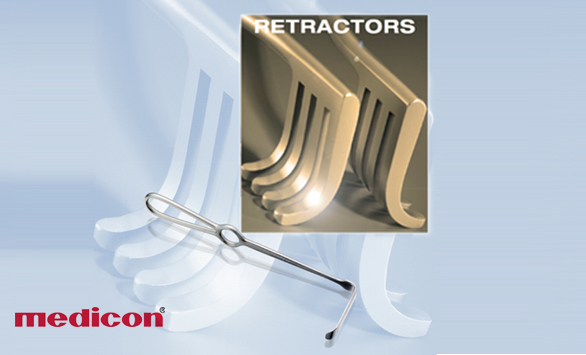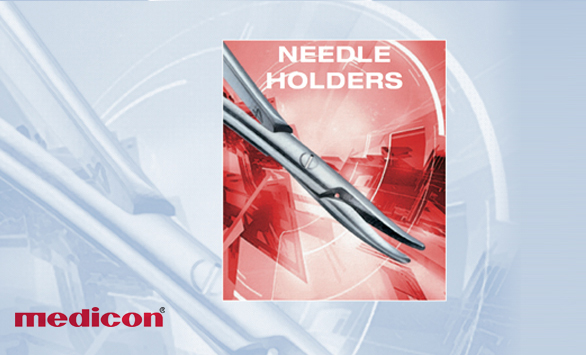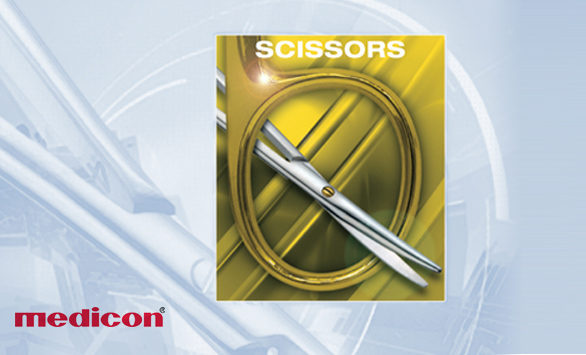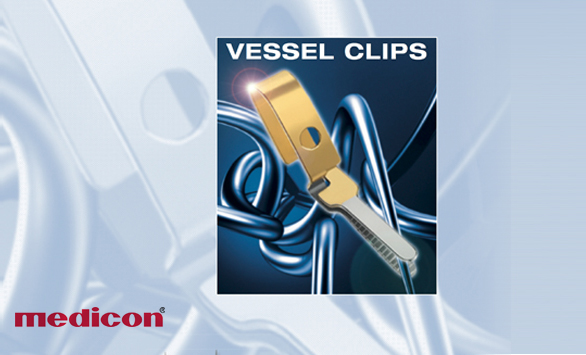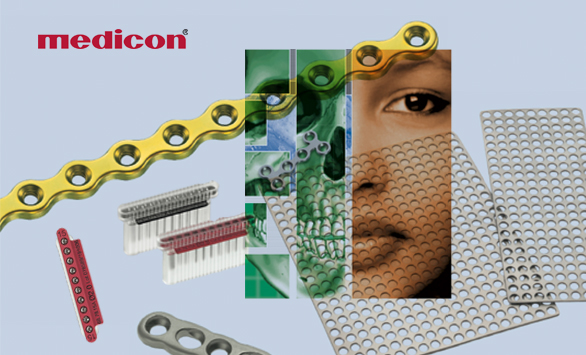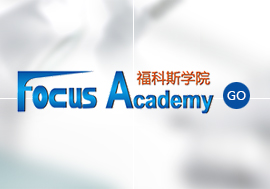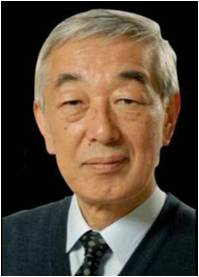
Prof. Dr.Sadao Sato
Prof. Dr.Sadao Sato is an internationally most recognized specialist in the area oforthodontics.
In 1971Prof. Sato graduated from Kanagawa Dental College, Japan.
After havingreceived his degree DDSc in 1979 he became Assistant Professor in KanagawaDental College.
In 1989 hewas appointed Associate Professor and since 1996 until present he has beenProfessor in Kanagawa DentalCollege (Orthodontics).
Between 1991and 2001 Prof. Sato was President of Japan MEAW technique and researchfoundation.
From 1992onwards until today he has been Member of the Angle Society of Orthodontits.
In 2009Prof. Sadao Sato was appointed as Dean of Kanagawa Dental College.
Prof. Satohas been Visiting Professor in Austria for nearly 10 years now.
Course Director:
Prof. Dr. Sadao Sato
Clinicaleducational staff:
 Dr.Kanji Onodera
Dr.Kanji Onodera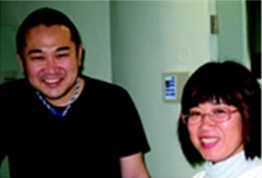 Dr. Kazumi Yamashita AND Dr.Koichi Sugimoto
Dr. Kazumi Yamashita AND Dr.Koichi Sugimoto 
Orthodontics in Craniofacial Dysfunction
Occlusionhas been regarded as a confusing subject by many professionals who often fail to applyappropriate occlusal principles in dealing with the treatment ofcraniomandibular disorders. The shape and organization of living organic structures can only be fully understoodwhen assessed in connection with the functions in which they are involved.
It is obvious that the morphology of each individual tooth is one of great clinical significance.A single tooth by itself, however, cannot perform the necessary masticatory andocclusal functions.
Orthodontics in Craniofacial Dysfunction
Occlusionhas been regarded as a confusing subject by many professionals who often fail to applyappropriate occlusal principles in dealing with the treatment ofcraniomandibular disorders. The shape and organization of living organic structures can only be fully understoodwhen assessed in connection with the functions in which they are involved.
It is obvious that the morphology of each individual tooth is one of great clinical significance.A single tooth by itself, however, cannot perform the necessary masticatory andocclusal functions.
Therefore,it is important to always consider the fundamentals of mandibular dynamics, andparticularly the physiology of the masticatory system, to assure that, uponcompletion of work, movement between opposing teeth will simulate normality,being properly adjusted and stabilized.
For thetherapy of dysgnathia the most important factors which have to be taken intoaccount in diagnostics are the inclination of the occlusal plane and the verticaldistance.
In generaldiagnostic is accompanied by a cephalometric analysis.
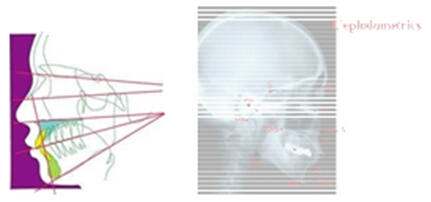
Prof. Satodeveloped the so-called Denture-Frame-Analysis' for defining the relation betweenocclusal plane and jaw- facial skeleton, which is remarkably easy to handle.
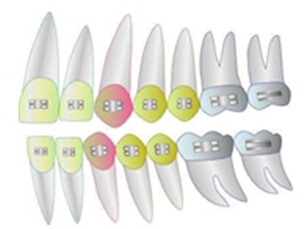
Prof. Sato also developed the MEAW (Multiloop-Edgewise-Arch-Wire) technique which hasproved to be successful for corrections of malpositions of the teeth.
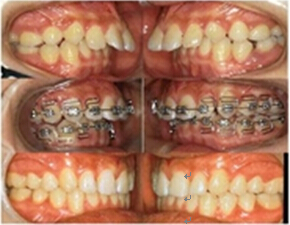
For this purpose soft tip-back bendings are applied to the upper MEAW and strongtip-back bendings to the lower MEAW, as well as short class II elastic bands.
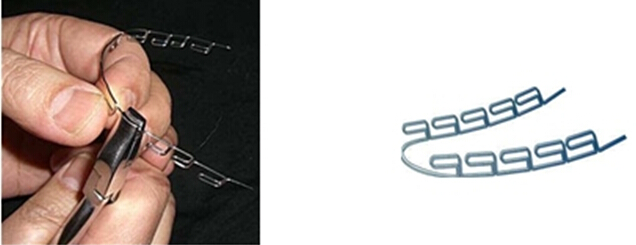
For thispurpose soft tip-back bendings are applied to the upper MEAW and strongtip-back bendings to the lower MEAW, as well as short class II elastic bands.

Coursesubjects in detail:
Part 1 Theories and Concepts of Malocclusion and Fundamentals in Orthodontic Practice
1、Developmental characterization of malocclusionswith prognathic mandible. Cephalometric analysis of craniofacial complex
2、Dynamic aspects of craniofacial complex and mandibularlateral displacement maloclusion (MLD).
Functionalcephalometric analysis.
3、Developmental characterization of malocclusionswith retrognathic mandible. Bracket positioning, wire bending practice,treatment mechanics in malocclusion treatment.
4、Occlusion concept of sequential functionalguidance and application to orthodontic treatment.
Caseanalysis, diagnosis, treatment planning
5 Orthodontic treatment of malocclusions with craniomandibular dysfunction. Wire bending practice, MEAW bending
6 Orthodontic treatment of crowding malocclusionwithout premolar extraction.
MEAW adjustment, tip-back bend, step bend andtorque control
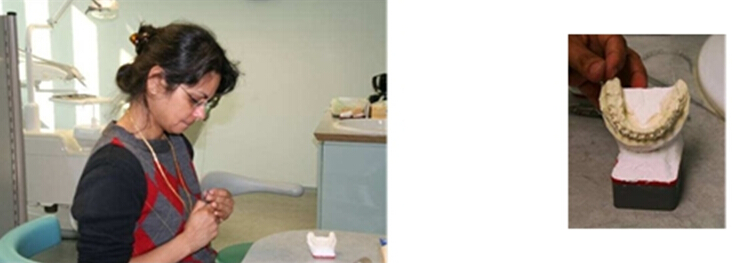
Part II Concepts of Malocclusion and Treatment of Malocclusion Patients
1、Edgewise appliance and treatment procedures Casepresentation, diagnosis and treatment planning
2、Posterior discrepancy and terminal molarextraction Case presentation, diagnosis and treatment planning
3、High angle malocclusion versus low anglemalocclusion Case presentation, diagnosis and treatment planning Progression oftreatment
4、Problems in premolar extraction treatment Casepresentation, diagnosis and treatment planning Progression of treatment
5、Orthodontic and prosthodontic combinationapproach to complex cases Case presentation, diagnosis and treatment planning Progressionof treatment
6、Importance of occlusal plane in orthodontictreatment of malocclusion Case presentation, diagnosis and treatment planning Progressionof treatment
Summary andexamination
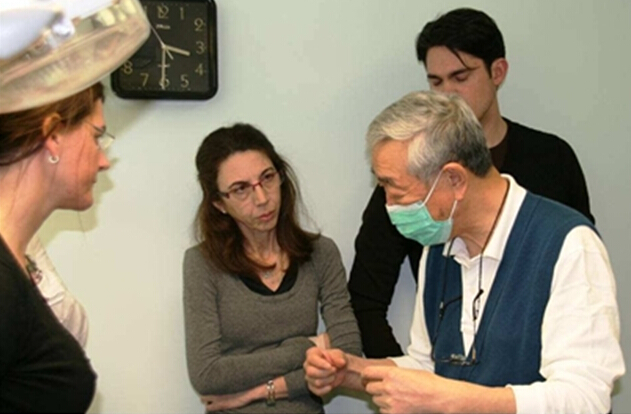

Special Patient treatment
• Allstudents / participants are asked to present a certain number of their ownpatients' cases duringthe course.
• Itis agreed that course students bring their patients to the course, in order toget support in therespective treatment under the guidance of the course director.

• Thetreatment will be conducted at the student's personal responsibility in thepremises of the Dr.Wilhelm Brenner Institute of the Dental Chamber of Vienna.
• Allmaterials for the treatment (brackets, wires, etc) need to be ordered by thecourse participantsat own costs.
•Support and control before and during the treatment is included in the coursefee.

General information:
Organizedby: VieSID ? ViennaSchool of Interdisciplinary Dentistry,
‘The SlavicekFoundation’ in cooperation withZAFI-Education Institute of the Dentists' Chamber ofVienna
Dates: Module A: Feb 03 – Feb 06, 2015
(subject tochange) Module B – module L: dates to beadvised
Course fee: Euro13.090,--
CourseDirector: Prof. Dr. Sadao Sato
Lecturers: Prof. Dr.Sadao Sato and his team
Courselanguage: English
Targetgroup: Dentists
No. ofparticipants: to guarantee intensive and effective lessons,the maximum number of
participantshas to be limited.
Certificate: After passing a finaltest the participant will be awarded
a VieSID /ZAFI certificate
Venue: Education Institute of the Dentists' Chamberof Vienna.,
(subject tochange) Zahnärztliches Fortbildungsinstitut der Zahnärztekammer Wien
(shortlycalled 'ZAFI').
Gumpendorfertstr.83/5 th floor
1060 Vienna,Austria
Hotels: We canprovide information about hotel accommodation nearby
Please visit our homepage: www.viesid.com
Terms and Conditions:
1. Once registered in writing you will receive awritten confirmation and the invoice for the course fee. The number ofparticipants is limited. In case the course is fully booked you will beinformed accordingly.
2. After having sent the application, theregistration is binding upon the applicant, who at the same time agrees to theterms and conditions.
VieSIDenters liability after having received full payment.
3. The course fee is to be paid promptly by banktransfer.
The coursefee includes all scripts, material and necessary equipment during the courselessons.
4. The course fee does not include any traveland accommodation costs.
5. Deregistration from a course may only be madein writing and lead to cancellation fees:
Until 30days before the start of a confirmed course: a handling fee of Euro 50,-- willbe charged. Cancellation within 4 weeks prior to the start of a confirmedcourse: a cancellation fee of 25% will be charged. In case of no-show withoutprior
deregistrationthe cancellation fee is 50%. It is possible to register a stand-by person orfor a new date.
6. In case of a short-term cancellation of alecturer, the participants will be informed promptly. Therefore we kindly askyou for your private/mobile phone number.
VieSIDreserves the right to: make alterations in the team of lecturers, change timeor location of a course, postpone or cancel acourse, and make changes to the course program.
7. A minimum number of participants is requiredfor each course. VieSID reserves the right to cancel or postpone a course dueto not having reached the minimum number of participants until 2 weeks beforethe course date.
All paymentsof course fees will then be refunded completely. Any further demands orindemnification claims are precluded. VieSID is not liable for any relatedcosts arising from the cancellation.
8. Photos of participants taken during thecourse may be used by VieSID for promotion purposes.
9. These Terms and Conditions are governed byAustrian law and any legal disputes shall be settled by the Austrian courts havingsubject-matter jurisdiction.
